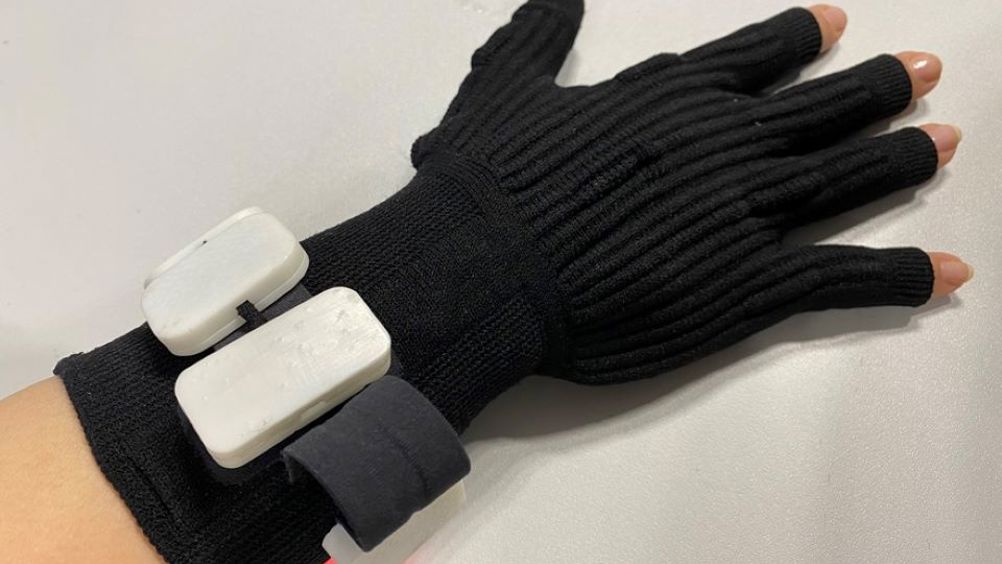Smart textile gloves enable deafblind people to understand live conversations
Deafblind people will be able to understand live conversations for the first time thanks to new research into smart textiles at Nottingham Trent University (NTU).

NTU said the world-first study will eventually allow the spoken word to be translated into a form of braille and communicated through e-textile gloves to the fingers of people who cannot hear or lipread.
Artificial intelligence (AI) will interpret conversations and provide a summary of what’s said via haptic actuators embedded in the fingers of the electronic gloves.
These actuators vibrate in a code to relay words, numbers and grammar to the wearer in a similar way to which raised dots communicate the braille alphabet on a six-figure grid.
The actuators - situated on the tops of the index and ring fingers below the knuckles - can vibrate at different amplitudes, frequencies and for varying lengths of time, allowing for numerous communication possibilities.
These can include the potential to provide directions, communicate phone notifications, fire alarms and doorbells, as well as interpretations of music or visual art.
Trials with ten participants achieved recognition rates of up to 80 per cent by optimising time intervals (125- 2000ms) and pulse widths (10- 60ms).
Register now to continue reading
Thanks for visiting The Engineer. You’ve now reached your monthly limit of news stories. Register for free to unlock unlimited access to all of our news coverage, as well as premium content including opinion, in-depth features and special reports.
Benefits of registering
-
In-depth insights and coverage of key emerging trends
-
Unrestricted access to special reports throughout the year
-
Daily technology news delivered straight to your inbox










Water Sector Talent Exodus Could Cripple The Sector
Maybe if things are essential for the running of a country and we want to pay a fair price we should be running these utilities on a not for profit...